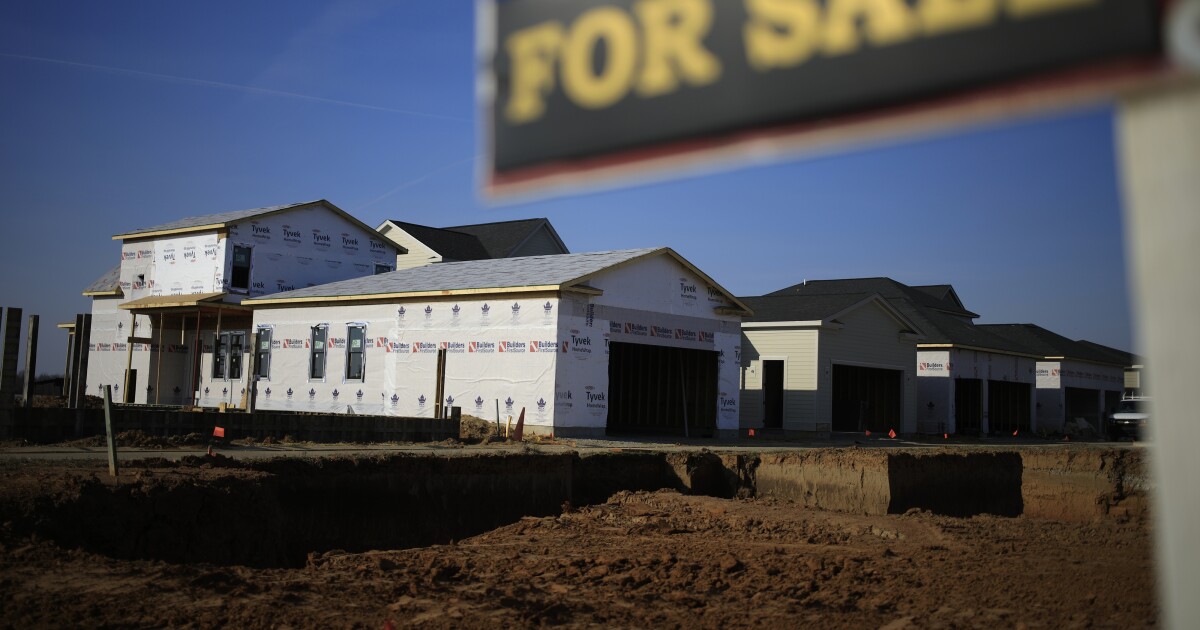
As student debt levels keep rising, a new study spotlights the extent to which they are changing homeownership demographics and hampering financial opportunities for younger generations.
Every $1,000 in
During that period,
At the same time, the national homeownership rate dropped 4.9%, remaining below levels reported prior to the Great Financial Crisis.
"Student debt isn't just a personal finance issue — it's reshaping who can buy homes, when and where. For many young adults, it's the single biggest factor delaying or derailing homeownership," said Dean Kaplan, CEO of the collection agency.
Data showed the decrease in homeownership levels particularly pronounced among those generations attending college and approaching historical home buyer age during the multidecade period: millennials and Generation Z.
The two generations have the lowest homeownership rates in history, while they also hold the majority of student debt today, often delaying purchases and limiting the properties they can afford.
First-time buyers with student loans spent 39% less on their homes compared to those without education debt.
The amount of student debt is not the only limiting factor for millennials and Gen Z, the research said. First-time buyers this decade found themselves left on the sidelines as
Millennials born between 1981 and 1996 began entering adulthood and repaying debts during the start of the Great Financial Crisis, as the U.S. economy sought to recover.
Meanwhile,
Both groups also faced college tuition costs far exceeding those paid by older baby boomers and members of Generation X. Adjusted for inflation, tuition at four-year public colleges surged by 197.4% between 1963 and 2023, according to the Education Data Initiative.
The new report comes just weeks after the Trump administration restarted collecting payments from defaulted student loan borrowers this month. Among enforcement measures being taken to recover outstanding debts are wage and Social Security check garnishments.
Along with the wealth divide that now exists between younger populations and older generations due to the former's education debt, the financial burden of student loans is leading to a widening chasm within the younger age groups as well. The size of the gap is largely based on the presence or absence of education loans, Kaplan researchers said.
Their findings suggest that policymakers and the mortgage finance community will need to revise their approaches to consumers when developing homebuyer and financial education programs.
"To close the generational homeownership gap, stakeholders must move beyond traditional affordability measures. Integrating student debt considerations into housing policy, mortgage lending and financial planning will be key to restoring access to homeownership for younger Americans," the Kaplan report stated.



